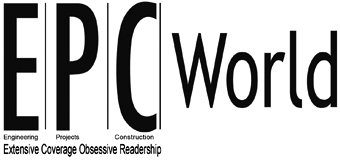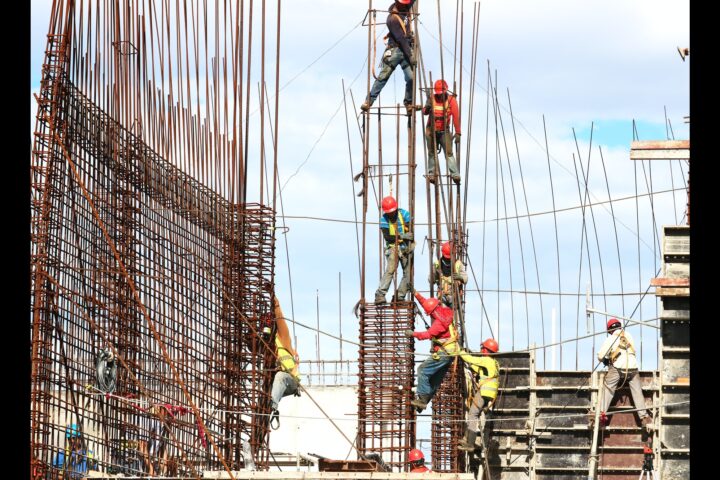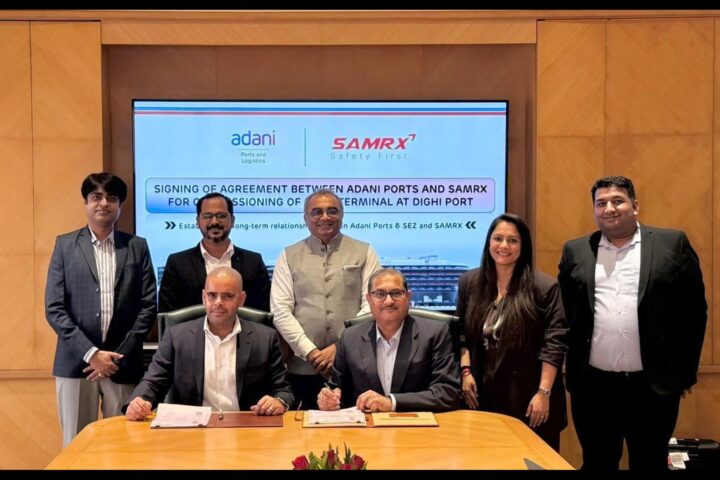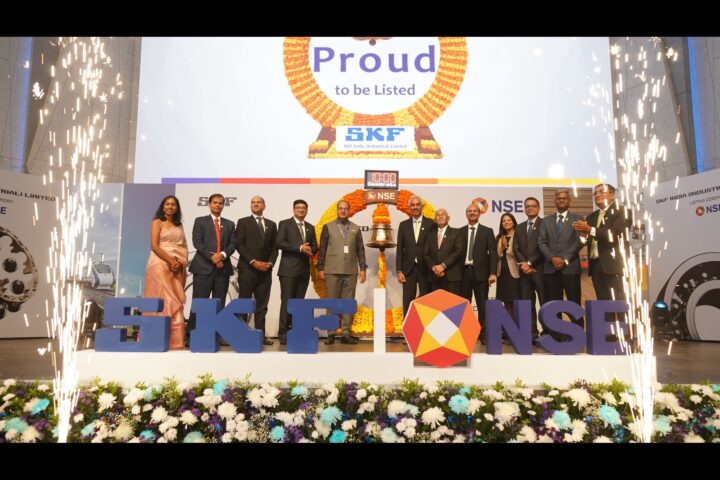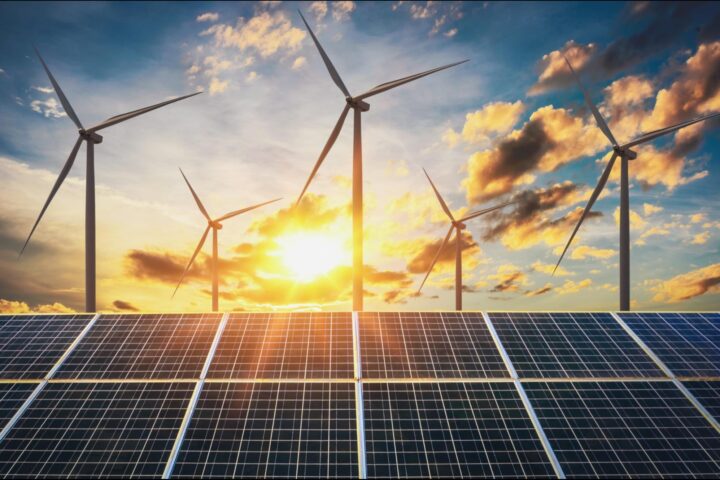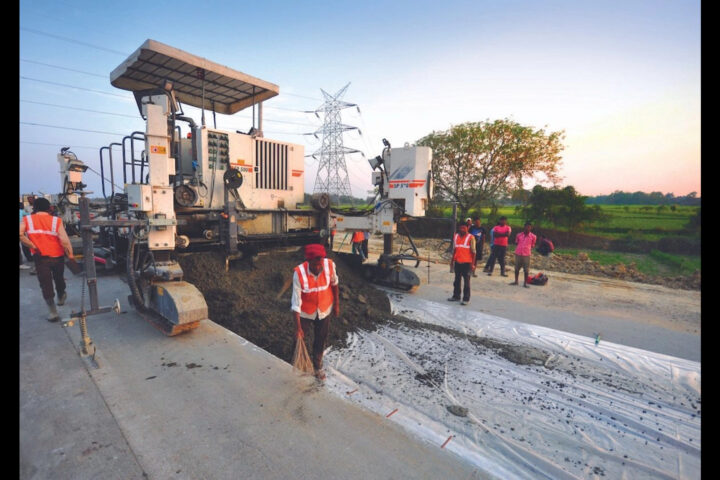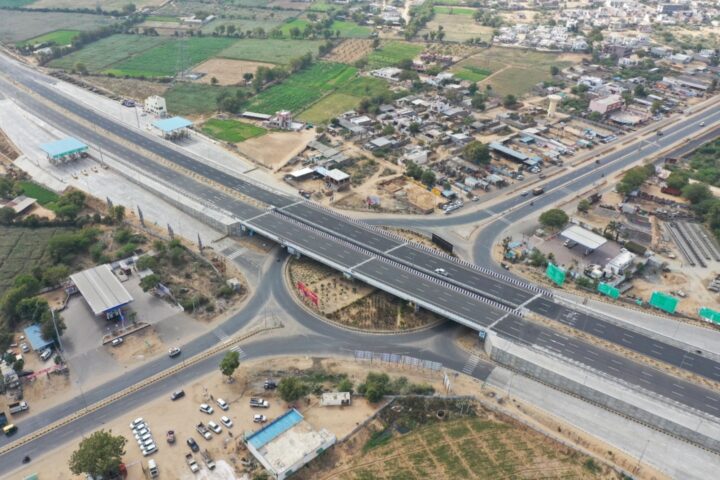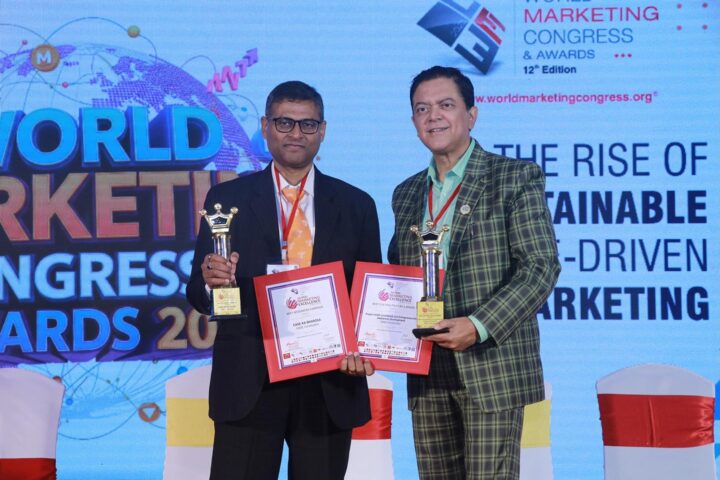Did the Union Budget 2022 meet your expectations?
Lack of robust infrastructure has often been identified as a constraint towards the growth of any developing nation. In the context of India’s current macroeconomic profile, plagued with job losses and increased poverty, it was expected that the government would make budgetary allocations for the infrastructure sector since the improvement in infrastructural facilities not only makes industries more efficient and competitive but also generates employment opportunities, raises incomes and hence multiplies demand, which naturally helps an economy move beyond the trough of any recession.
In light of these expectations, the Union budget for 2022-23 has clearly focused on stimulating long-term growth. It has prioritized infrastructure creation through public-private partnerships (PPPs) across sectors. For instance, PM Gati Shakti Master Plan, one of the key pillars of the budget, will be largely financed on PPP mode. The expansion of optical fibre infrastructure in rural areas through the BharatNet Scheme, development of Multimodal Logistics Parks, the National Ropeways Development Programme (Parvatmala), and delivery of digital and hi-tech services to farmers would also be implemented via PPPs.
Another key aspect of this year’s budget has been its emphasis on Agriculture and Climate Action. Following the insights from the Economic Survey, crop diversification has been prioritized by incentivising the production of oilseeds and millets to reduce import dependency and improve international branding. The production of these crops, which are better suited in water-stressed environments, emphasis on chemical-free natural farming, and the use of ‘Kisan-drones’ will help the sector in adapting to climate change. The introduction of sovereign green bonds to mobilise resources for green infrastructure and incentives for electric vehicle ecosystems will facilitate the transition towards the goal of net-zero carbon emissions by 2070.
The government has also encouraged innovation in digital banking, digital payments, fintech and other relevant sectors. Spectrum auctions for the rollout of 5G services, allocation of 5% of annual collections under the Universal Service Obligation Fund for expanding affordable broadband services in rural and remote areas, and introduction of the Central Bank’s Digital Rupee will help boost the digital economy.
All these investments affirm the narrative of infrastructure induced growth, which was expected, however, the Union Budget for 2022-23 has not made any significant allocations towards reducing poverty, narrowing income and gender-based inequality, addressing learning losses for children owing to prolonged school closures, and expanding health infrastructure. Mahatma Gandhi National Rural Employment Guarantee Scheme (MGNREGA), one of the key social protection schemes in the government’s arsenal, saw its allocation decline by INR 25,000 crores. Even in the aftermath of the ferocious second wave of the pandemic, there has also been no noticeable change in the allocation for the Department of Health and Family Welfare. The Gender Budget increased only marginally by 3%, with no new notable schemes introduced for women’s welfare and gender-inclusive infrastructure. The Budget continued emphasising e-learning, and e-skilling, with no discussion on the implementation of the National Education Policy or financial provisions for bridging learning losses in the last 2 years.
Key announcements that will create a deep impact in the coming months
PM Gati Shakti – National Master Plan: Infrastructure has remained the key focus area for the government, and this has been reiterated through the announcement of PM Gati Shakti – National Master Plan, which is a digital platform to bring together 16 Ministries for integrated planning and coordinated implementation of infrastructure connectivity projects. Skill upgradation of central ministries, state governments, and their infra-agencies will ramp up capacity in planning, design, financing, and implementation management of theprojects under PM GatiShakti.
Seamless Multimodal Movement of Goods and People: The data exchange among all mode operators through the Unified Logistics Interface Platform (ULIP) will provide for efficient movement of goods through different modes, reducing logistics cost and time, assisting just-in-time inventory management, and in eliminating tedious documentation.
Credit availability for digital infrastructure: Data Centres and Energy Storage Systems, including dense charging infrastructure and grid-scale battery systems in the harmonized list of infrastructure will facilitate credit availability for digital infrastructure and clean energy storage.
Digital Banking: Proposal to set up 75 Digital Banking Units (DBUs) in 75 districts of the country by Scheduled Commercial Banks will provide benefits of digital banking in a consumer-friendly manner.
Urban Development: A high-level committee of reputed urban planners, urban economists, and institutions will be formed to make recommendations and assess urban sector policies, capacity building, planning, implementation and governance. This will facilitate reforms for people who live and work closer to mass transit systems. Action plans will be formulated to leverage Central Government’s financial support for mass transit projects and AMRUT scheme.
Financial Viability of Infrastructure Projects: Measures taken to enhance the financial viability of projects including PPP, with technical and knowledge assistance from multi-lateral agencies will help in financing the infrastructure needs. Adopting global best practices, innovative ways of financing, and balanced risk allocation will also enhance financial viability.
Infrastructure projects that hold the key to push the growth momentum forward
PM GatiShakti project: Through the efforts of the central government, the state governments, and the private sector, the project will lead to huge job and entrepreneurial opportunities for all, especially the youth. Since the touchstone of the Master Plan will be world-class modern infrastructure and logistics synergy among different modes of movement (both of people and goods) and location of projects, this will lead to a rise in productivity and acceleration of economic growth and development.
Roads and Highways: The budget for the Ministry of Road Transport and Highways is INR 1,99,107 crores, which is 51% more than the revised estimates of 2021-22. The Master Plan for Expressways will facilitate faster movement of people and goods. INR 20,000 crores will be mobilized through innovative ways of financing to complement the public resources. The National Highways network will be expanded by over 25,000 km in 2022-23.
Railways: The budget for the Ministry of Railways is INR 1,40,367 crores, which is 17% more than the revised estimates of 2021-22. As a part of Atmanirbhar Bharat, 2,000 km of network will be brought under Kavach, the indigenous world-class technology for safety and capacity augmentation in 2022-23. 400 new-generation Vande Bharat Trains with better energy efficiency and passenger riding experience will be developed and manufactured during the next 3 years. 100 PM GatiShakti Cargo Terminals for multimodal logistics facilities will also be developed during the next 3 years.
Ken-Betwa Link Project: The implementation of the project, at an estimated cost of INR 44,605 crores, will provide irrigation benefits to 9.08 lakh hectares of farmers’ lands, drinking water supply for 62 lakh people, 103 MW of Hydro, and 27 MW of solar power. Allocations of INR 4,300 crore in RE 2021-22 and INR 1,400 crore in 2022-23 have been made for this project.
Pradhan Mantri Gram Sadak Yojana: To boost rural employment, the scheme has been provided supplemental funding for priority segments, and its allocation, at INR 19,000 crores, is also 35% higher from revised estimates of 2021-22.
Pradhan Mantri Awas Yojana: At INR 48,000 crores, there has been a 74% increase in allocation for the Pradhan Mantri Awas Yojana from budget estimates of 2021-22. In 2022-23, 80 lakh houses will be completed for the identified beneficiaries in rural and urban areas.
5G Infrastructure: Required spectrum auctions for 5G technology will be conducted in 2022 to facilitate the rollout of mobile services within 2022-23 by private telecom providers and the sector will also generate many job opportunities and enable growth. The contracts for laying optical fiber cables in all villages, including remote areas, will be awarded under the Bharatnet project through PPP in 2022-23.
Climate Action Plan: At INR 3,030 crores, the allocation for the Ministry of Environment, Forests and Climate Change is also 20% higher than revised estimates of 2021-22. Allocation of INR 19,500 crore for Production Linked Incentive for the manufacture of high-efficiency modules in Solar Power will facilitate domestic manufacturing for achieving the ambitious goal of 280 GW of installed solar capacity by 2030. The set of 4 pilot projects for coal gasification and conversion of coal into chemicals required for the industry will evolve technical and financial viability.
Policy initiatives you would like the government to introduce for the growth of the infrastructure sector
The government is definitely heading in the right direction by recognizing more and more sectors under the ambit of infrastructure. A greater push is needed in 3 more areas:
Wastewater Management: TheCentral and State Governments can work together to create markets for treated water by setting clear targets for wastewater reuse to create demand,and provide innovative financing options through municipal bonds, impact bonds, and ring-fenced funds to create supply. State governments and Urban Local Bodies should also be guided to explore innovative PPP models and procurement conditions that incentivise bids from tech-based private players that can improve efficiency in wastewater sector projects.
Smart digital Solutions: India is rapidly building its digital infrastructure and a progressive policy environment can further encourage innovative solutions. Investing in tech-enabled utility infrastructure or smart utilities can help in lowering operation, maintenance and environment costs, and increase the economic life of assets. Water meters measuring time-bound utilisation, aerial surveillance drones for urban planning, smart power grids for monitoring and controlling the flow of electricity, and intelligent transport systems for traffic flow management are some of the avenues which the government can explore.
Care Infrastructure: Government can increase budgetary support from the current 1% of GDP for affordable child-care centres, and elderly and disability care facilities, especially in partnership with non-governmental organisations for wider and more efficient service delivery. Women can be recruited for a majority of jobs created under such programs.

